A LSO BY J OHN E HLE
Move Over, Mountain
Kingstree Island
Lion on the Hearth
The Land Breakers
The Road
Time of Drums
The Journey of August King
The Changing of the Guard
The Winter People
Last One Home
The Free Men
The Survivor
Shepherd of the Streets
The Cheeses and Wines
of England and France
with Notes on Irish Whiskey
A NCHOR B OOKS E DITIONS, 1988, 1989
Copyright 1988 by John Ehle
All rights reserved under International and Pan-American Copyright Conventions. Published in the United States by Anchor Books, a division of Random House, Inc., New York, and simultaneously in Canada by Random House of Canada Limited, Toronto. Originally published in hardcover in the United States by Anchor Books / Doubleday in 1988.
A NCHOR B OOKS and colophon are registered trademarks of Random House, Inc.
Library of Congress Cataloging-in-Publication Data
Ehle, John, 1925
Trail of tears / John Ehle.
p. cm.
Bibliography: p.
1. Cherokee IndiansHistory. 2. Cherokee
IndiansRemoval. 3. Indians of North America
Southern StatesHistory. 4. Indians of North
AmericaSouthern StatesRemoval. I. Title.
E99.C5E55 1988 88-1386
975.00497dc19
eISBN: 978-0-307-79383-6
www.anchorbooks.com
v3.1
Contents
to Marshall De Bruhl
ACKNOWLEDGMENTS
The writings of William McLoughlin, Thurman Wilkins, and Dwayne H. King introduced me to the world of Cherokee history, and I am particularly in debt to them. Dr. King, among other duties, is editor of the Journal of Cherokee Studies, the only journal published by an Indian tribe to consider its own history.
Also, I gratefully acknowledge the help of Professor William Anderson of the History Department of Western Carolina University, George Frizzell, archivist in the library there at Cullowhee, Tom Underwood of the Sequoyah Museum, and Gary Carden and Joan Greene of the Cherokee Museum in Cherokee, North Carolina.
My editor, Marshall DeBruhl, and I grew up in Asheville, not far from Cherokee, and as children we absorbed many impressions of the Cherokees and stories of their past. Early in life we became aware, as they taught us, that the earth is flat and is suspended from its four corners by great ropes, and in the center of the Earth live the Principal People, the Cherokee.
John Ehle
Penland, North Carolina
NOTE
In 1770 Thomas Jeffersons income as a lawyer is figured to have been three thousand dollars, and his income as a planter using his 5,000-acre estate about two thousand. These figures help to establish a comparison of monetary value between today and 1770: perhaps a ratio of thirty to one.
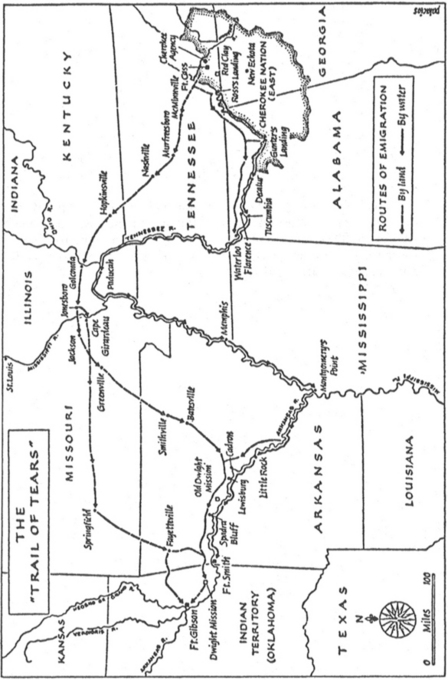

1

Investigations were made in the seventeenth and eighteenth centuries to determine whether the American Indians were the lost tribes of Judah; and it was pretty well proved both yes and no, and unprovable either way, which made it an excellent topic for study and exploitation, one populated by warm bodies and tearstained faces and beautiful, waiting children. James Adair, an Irish trader who lived among the Cherokees for forty years, decided the Indians were indeed one of the lost tribes and wrote seventy thousand words on the subject at a time when printed words were dear. He used as evidence such topics as their division into tribes; their language and dialects; their festivals, feasts, and religious rites; their absolutions and anointings; their laws of uncleanness, their avoidance of unclean things; their practices of marriage, divorce, and punishment for adultery; their ornaments. Adair was one of a series of writers who held similar views, among them Gregorio Garca in his Origen de las Indios de el Nuevo Mundo (1607), Bartolom de las Casas, Thomas Thorowgood in his Iewes in America (1650 and 1660), John Eliot in his Conjectures, Manasseh ben Israel, Cotton Mather, Roger Williams, William Penn, Charles Beatty in The Journal of Two-Months Tour (1768).
The Cherokees were often selected for distinction because they were inheritors of a dignity beyond their rather simple means and even referred to themselves as the principal people. Their lands were the center of the Earth. All else radiated outward from there.
Naturalist and social historian William Bartram reported on them:
honest, just and liberal, and are ready always to defend their territory and maintain their rights.
Male and female, they were hospitable but uneffusive. The men appeared to be respectful but remained aloof, were secure within themselves. They would shake a strangers hand silently while looking off toward the horizon, securing their own independence. They never bowed to any other creature; they were not even willing to nod. They spoke one at a time, deliberately and with many motions, then fell silent, listened without looking at their companion.
They were of a copper color and proud of it, referred to Europeans as ugly whites, were lighter than their Indian neighbors, the Creeks and Choctaws and Iroquois. They were lithe, tall, erect, without noticeable deformities. Their spoken language was musical, punctuated by guttural, breathy breaks. The men enjoyed ball games, hunting, and warfare. Indeed, warfare was their favorite activity and occupied much of each winter.
They were a clean people, when compared to the white English, German, and Scots-Irish settlers drifting in, infiltrating their territory, most of whom were satisfied to bathe in autumn and not again till spring. The Indians went to water often, considering water, the sun, and fire to be three holy gifts of the Great Spirit.
The Cherokees were polite, except that the men, particularly the young, were easily offended and quick to react, often violently; and whiskey made many of the men argumentative and testy. Women were not supposed to drink.
The maidens were particularly appealing for whites, as well as for Indians. Louis-Philippe, while duke of Orlans (later he was King of the French), traveled to the Cherokee country in 1797. He remarked that them who was lying down put her hand, in my presence, on his trousers and said to him, with a disdainful air, Ah, sick. He described a group of women picking berries as disclosing their beauties to the fluttering breeze, and bathing their limbs in the cool, flitting stream.
A Cherokee woman had more rights and power than European women. She decided whom she would marry, and the man built a house for her, which was considered her property, or else he came to her or her mothers house to live. The house and children were hers. She and her brothers reared them. If she bore too many children, or if a child were deformed, she had the right to kill the unwanted infant. Should the father kill one, he would be guilty of murder. To obtain a divorce, she packed her husbands clothes in a bag and set it outside her door. She was free to marry someone else, and so was he. Many divorces occurred, many remarriages. A system of serial monogamy developed, and adultery was common, even though frowned upon. The Cherokees, unlike most tribes, did not generally enforce laws against it. One exception in the 1700s was an incident in which the men of a village arranged to make an example of an annoyingly promiscuous woman: in the woods near the town thirty males persuaded her to consent in series.


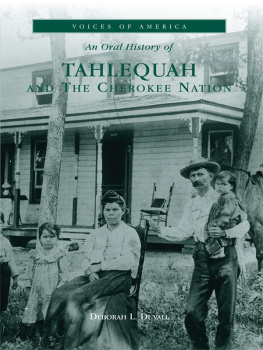
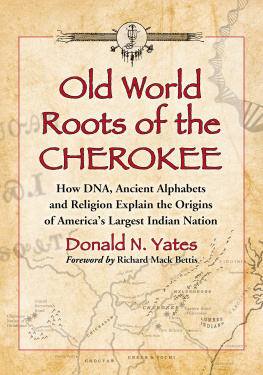

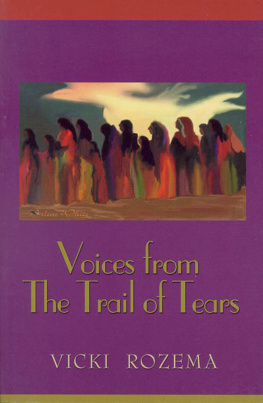
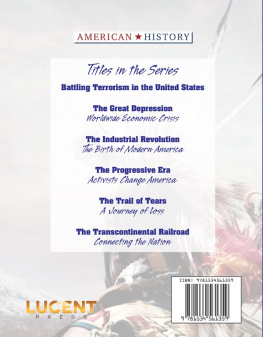


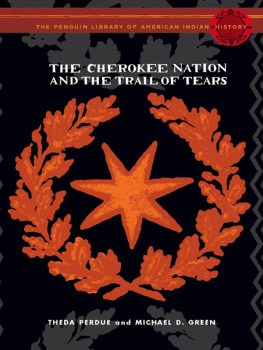
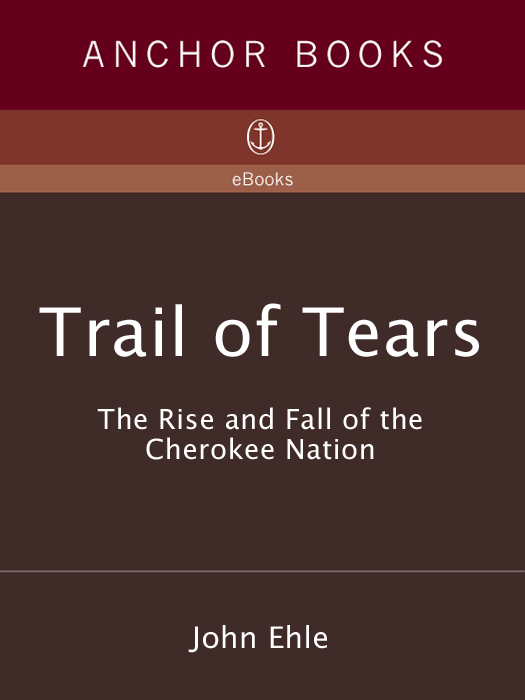
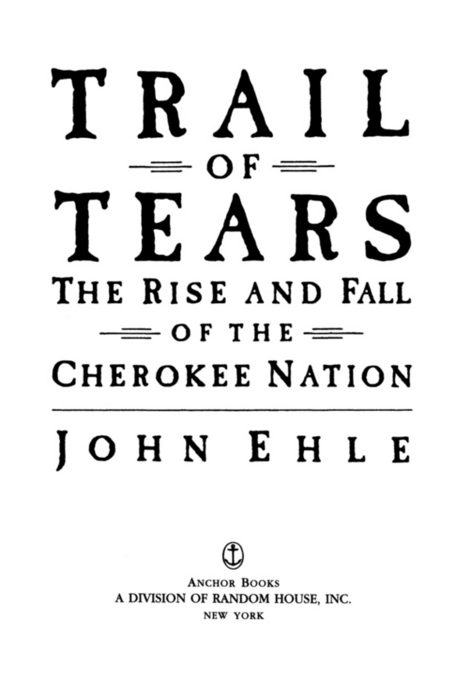

 1
1